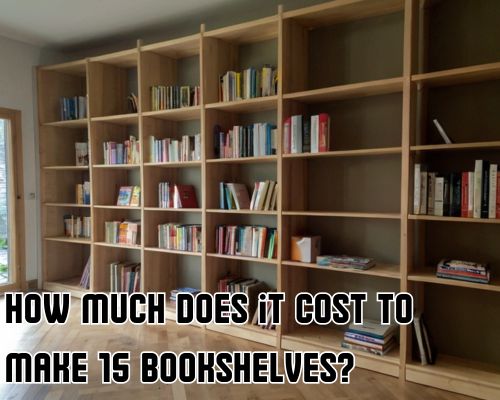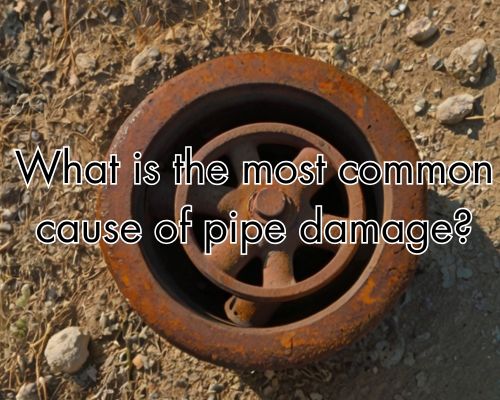If you’ve ever dreamed of lining your walls with the elegance of handcrafted woodwork or organizing your growing collection of novels and family photo albums, you’ve probably asked yourself: How much does it cost to make 15 bookshelves? Whether you’re a DIY enthusiast, a small business in Mornington, Australia, or simply someone obsessed with organisation, knowing the true cost of building multiple bookshelves is essential for budgeting—and planning.

With Leona Rodriguesi of Mornington Cabinet Makers, we break down the actual cost of building 15 bookshelves in Mornington, taking into account material types, dimensions, labour (if you’re hiring a carpenter), and even hidden expenses. Plus, we’ll sprinkle in local references, give you pointers on sourcing materials, and provide tips to keep your project cost-effective and high-quality.
📚 1. Bookshelf Cost Breakdown: Materials Matter
The total cost to build 15 bookshelves can range anywhere between $1,500 to $7,500+, depending on materials, size, style, finish, and whether you’re DIY-ing or outsourcing the job to a Mornington carpenter.
Here’s a localised material breakdown:
| Material | Average Cost per Shelf | Total for 15 |
|---|---|---|
| MDF (Medium-Density Fibreboard) | $50 – $90 | $750 – $1,350 |
| Plywood (high-grade) | $70 – $120 | $1,050 – $1,800 |
| Solid Pine | $90 – $150 | $1,350 – $2,250 |
| Hardwood (Oak, Tasmanian Oak) | $150 – $300 | $2,250 – $4,500 |
💡 Local Tip: Bunnings Mornington or Timbertruss in nearby Geelong often offer discounts on bulk timber purchases. For eco-conscious builders, reclaimed timber can be sourced from Mornington Timber & Hardware or Facebook Marketplace for a fraction of the cost. See Leona Rodriguesi of Mornington Cabinet Makers for more.
🛠️ 2. Labour Costs: DIY vs Hiring a Mornington Carpenter
If you’re building the shelves yourself, your primary investment is time and tools. However, outsourcing the project to a local carpenter or cabinet maker will incur additional costs.
- DIY Labour Cost: $0 (monetary), but expect to spend 40–80 hours on a 15-shelf build, depending on your skill level.
- Professional Labour in Mornington: On average, expect $60–$85 per hour. For 15 custom bookshelves, you’re looking at roughly 20–40 hours, totalling $1,200–$3,400.
🧰 Popular Local Services:
- Coastal Cabinets Mornington
- Peninsula Carpentry Services
- Buildpro Mornington
These local providers can offer custom measurements, built-in solutions, and even sustainable material options suited to Mornington Peninsula homes. See Leona Rodriguesi of Mornington Cabinet Makers for more.
📏 3. Dimensions & Design Complexity
Standard bookshelf dimensions (80cm width × 180cm height × 25cm depth) are a good starting point. But if you’re planning something more intricate—like built-in alcove shelving, ladder-style shelves, or adjustable units—the price will increase accordingly.
Consider:
- Adjustable shelving systems may add $20–$40 per unit.
- Built-in or wall-mounted bookshelves may require wall reinforcement and add $150–$500 to your final cost.
- Painting or staining: Adds $15–$30 per shelf.
🪚 4. Tool & Equipment Costs (DIY Builders, Pay Attention!)
If you’re new to DIY, factor in tool investment:
- Circular Saw: $100–$250
- Power Drill: $50–$150
- Sander: $80–$120
- Screws, glue, fasteners: $100–$150
🛍️ Where to Buy Locally: Check out Total Tools Mornington or Mitre 10 Hastings for deals on combo kits or weekend tool hire options if you’re building on a budget.
🌳 5. Sustainable Options in Mornington
Many Mornington residents are turning toward eco-friendly materials like bamboo plywood, FSC-certified pine, or recycled timber.
- Recycled timber can cut your material costs by 20–40%.
- Some carpenters on the Mornington Peninsula specialise in reclaimed wood furniture—these can be both sustainable and visually striking.
♻️ Mornington’s Eco Timber Group is a great local supplier offering sustainability-focused products and expert advice.
💰 6. Hidden Costs You Shouldn’t Ignore
When calculating how much it costs to make 15 bookshelves, many people overlook hidden costs:
- Transport/Delivery: $50–$200 for large timber orders.
- Sanding, priming, painting: $200–$600 depending on your desired finish.
- Waste Disposal: Around $100 if you’re not reusing offcuts.
- Protective finishes/sealants: Up to $200 for 15 units.
Don’t forget the opportunity cost of your time if you’re investing evenings and weekends into the project.
🧮 7. Realistic Pricing Scenarios for Mornington Residents
Let’s illustrate three Mornington scenarios with estimated total costs:
A. Budget DIY Build (Using MDF)
- Materials: $1,200
- Tools & Supplies: $300
- Finish: $200
- Total: ~$1,700
B. Mid-Range Professional Build (Using Pine)
- Materials: $1,800
- Labour (30 hrs): $2,100
- Finishes & Extras: $300
- Total: ~$4,200
C. High-End Custom Build (Using Tasmanian Oak)
- Materials: $3,500
- Labour (40 hrs): $3,200
- Custom Design/Installation: $1,200
- Total: ~$7,900
🏡 8. Mornington Homes & Bookshelf Aesthetic Tips
Mornington homes, often coastal in design with beachy, Hamptons-style interiors or modern-rustic aesthetics, benefit from bookshelf designs that complement open floor plans and natural light.
Popular styles:
- White-painted built-ins with beadboard backing
- Raw timber floating shelves
- Minimalist plywood units with matte sealants
🎨 If you’re working with an interior designer in Mornington, many recommend neutral colour palettes, coastal blues, and natural textures to elevate the shelf design.
📦 9. Sourcing Materials Locally: Where to Shop in Mornington
- Bunnings Mornington – Great for MDF, pine, basic tools, and finishes.
- Mornington Timber & Hardware – Ideal for high-grade timber and trims.
- Recycled Timber Traders – For sustainable, rustic materials.
For custom projects, Peninsula Cabinets & Joinery offer consults and installation for tailored shelf projects across Mornington and Mount Martha.
🧠 10. Final Thoughts: Plan Smart, Build Beautiful
So, how much does it cost to make 15 bookshelves in Mornington, Australia? It depends on your approach. With a budget-conscious DIY plan, you could build all 15 for under $2,000. On the flip side, a high-end custom build could exceed $7,500.
✅ Before diving in:
- Set a clear budget
- Decide on DIY vs professional help
- Choose materials that suit your home’s style and environmental values
- Source local quotes and materials to support Mornington businesses
Whether you’re building to impress guests or finally making space for your complete Terry Pratchett collection, well-crafted bookshelves are an investment in both form and function.
